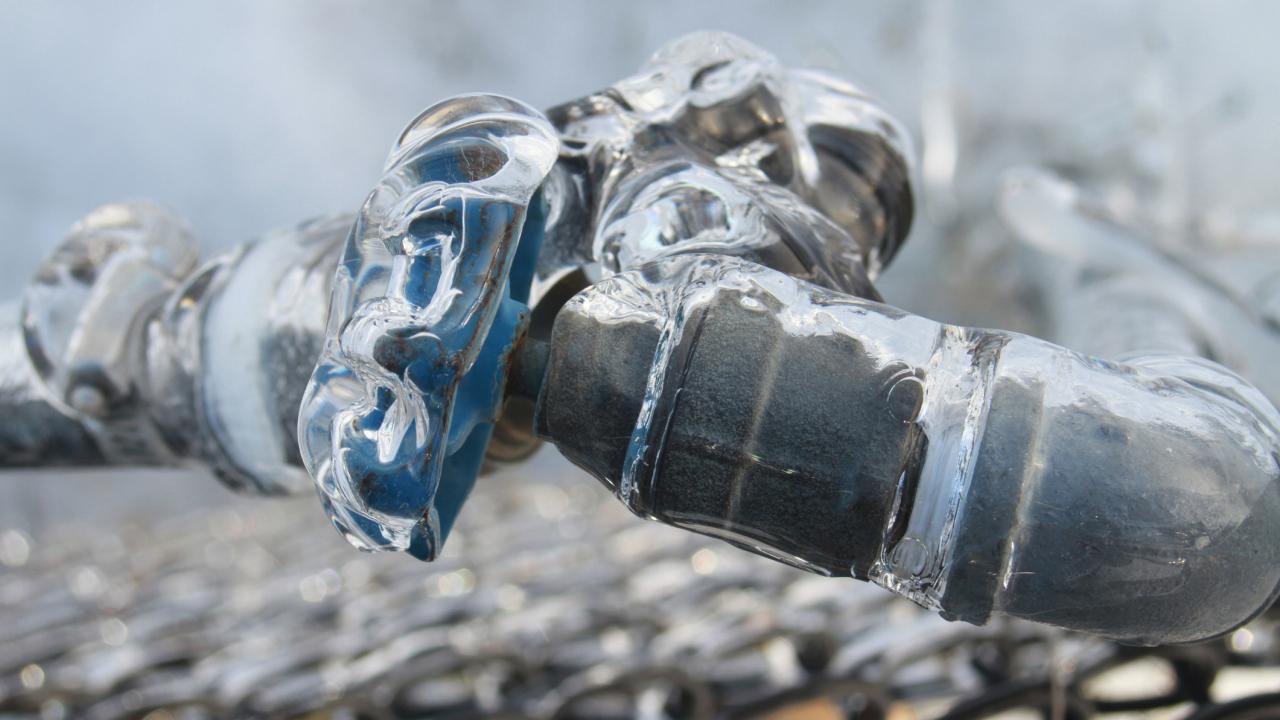Preventing Frozen Plumbing: Effective Methods for Winter
Preventing Frozen Plumbing: Effective Methods for Winter
Blog Article
Have you been trying to find critical information about Winter Plumbing Precautions: Preventing Frozen Pipes?

Cold weather can damage your pipes, specifically by freezing pipelines. Right here's exactly how to prevent it from happening and what to do if it does.
Intro
As temperatures decrease, the threat of frozen pipes rises, potentially bring about costly repair services and water damages. Comprehending just how to prevent icy pipes is important for homeowners in chilly environments.
Comprehending Frozen Pipes
What triggers pipes to ice up?
Pipelines freeze when revealed to temperature levels below 32 ° F (0 ° C) for extended periods. As water inside the pipelines freezes, it expands, taxing the pipeline wall surfaces and possibly triggering them to break.
Threats and problems
Icy pipes can bring about water supply disturbances, building damage, and expensive fixings. Burst pipes can flooding homes and trigger considerable architectural damage.
Indicators of Frozen Pipes
Recognizing icy pipes early can stop them from breaking.
Exactly how to identify icy pipelines
Search for reduced water flow from faucets, uncommon odors or sounds from pipes, and visible frost on subjected pipelines.
Prevention Tips
Shielding vulnerable pipes
Wrap pipes in insulation sleeves or make use of warm tape to safeguard them from freezing temperature levels. Concentrate on pipes in unheated or exterior areas of the home.
Heating strategies
Keep indoor rooms appropriately heated up, especially locations with plumbing. Open up closet doors to permit cozy air to circulate around pipes under sinks.
Shielding Exterior Pipes
Garden tubes and exterior faucets
Detach and drain yard tubes prior to winter season. Mount frost-proof spigots or cover exterior faucets with insulated caps.
What to Do If Your Pipelines Freeze
Immediate activities to take
If you presume icy pipelines, keep taps available to eliminate stress as the ice thaws. Make use of a hairdryer or towels taken in hot water to thaw pipelines gradually.
Long-Term Solutions
Architectural modifications
Consider rerouting pipelines away from outside wall surfaces or unheated areas. Include added insulation to attics, basements, and crawl spaces.
Upgrading insulation
Invest in top notch insulation for pipes, attic rooms, and wall surfaces. Appropriate insulation helps keep consistent temperature levels and decreases the threat of frozen pipelines.
Verdict
Avoiding frozen pipes calls for aggressive procedures and fast responses. By comprehending the reasons, indicators, and preventive measures, homeowners can safeguard their pipes throughout cold weather.
5 Ways to Prevent Frozen Pipes
Drain Outdoor Faucets and Disconnect Hoses
First, close the shut-off valve that controls the flow of water in the pipe to your outdoor faucet. Then, head outside to disconnect and drain your hose and open the outdoor faucet to allow the water to completely drain out of the line. Turn off the faucet when done. Finally, head back to the shut-off valve and drain the remaining water inside the pipe into a bucket or container. Additionally, if you have a home irrigation system, you should consider hiring an expert to clear the system of water each year.
Insulate Pipes
One of the best and most cost-effective methods for preventing frozen water pipes is to wrap your pipes with insulation. This is especially important for areas in your home that aren’t exposed to heat, such as an attic. We suggest using foam sleeves, which can typically be found at your local hardware store.
Keep Heat Running at 65
Your pipes are located inside your walls, and the temperature there is much colder than the rest of the house. To prevent your pipes from freezing, The Insurance Information Institute suggests that you keep your home heated to at least 65 degrees, even when traveling. You may want to invest in smart devices that can keep an eye on the temperature in your home while you’re away.
Leave Water Dripping
Moving water — even a small trickle — can prevent ice from forming inside your pipes. When freezing temps are imminent, start a drip of water from all faucets that serve exposed pipes. Leaving a few faucets running will also help relieve pressure inside the pipes and help prevent a rupture if the water inside freezes.
Open Cupboard Doors
Warm your kitchen and bathroom pipes by opening cupboards and vanities. You should also leave your interior doors ajar to help warm air circulate evenly throughout your home.

I ran across that content on How To Avoid Freezing Pipes when scouting around the search engines. Sharing is nice. Helping people is fun. Many thanks for going through it.
Call Today Report this page